Newly Diagnosed: Taking the First Step on Your Journey
Becoming educated is a good place to start on your journey with epidermolysis bullosa (EB). Whether you are a patient or a caregiver, knowing as much as possible about the disease will help you be a more active participant in your or your loved one’s healthcare. Learn more below about EB, its causes, its symptoms, and how it’s diagnosed.
Overview
Epidermolysis bullosa describes a group of rare skin disorders that lead to blistering of the skin and, sometimes, blistering inside the body. It occurs when a child inherits a faulty gene from one or both parents. Children with EB have extremely fragile skin that easily breaks and develops blisters. For this reason, they are sometimes called “butterfly” children.
Types
Epidermolysis bullosa is classified into four major types based on the site of blister formations within the skin layers: epidermolysis bullosa simplex, junctional EB, dystrophic EB, and Kindler syndrome. There are several subtypes within each type.
Causes
Genetic causes of EB include the presence of a or mutated gene that is inherited from one or both parents, or it occurs as a spontaneous mutation, making the child the first in the family to have the disease. In rare cases, it can develop as a result of the immune system attacking the body’s healthy tissue by mistake.
Symptoms
The main symptom of epidermolysis bullosa is skin blisters, which usually occur as a result of minor injuries, heat, or rubbing. In more severe cases, blisters may also develop inside the body, such as inside the mouth or the intestines. Symptoms usually begin showing at a young age and range from mild to severe, depending on the type of genetic defect the child inherits.
Diagnosis
Epidermolysis bullosa usually is diagnosed in babies and children, but milder types can develop later in adulthood. Dermatologists may suspect EB just from the appearance of the skin; however, laboratory tests, including a skin biopsy and genetic testing, are needed to confirm the diagnosis.






